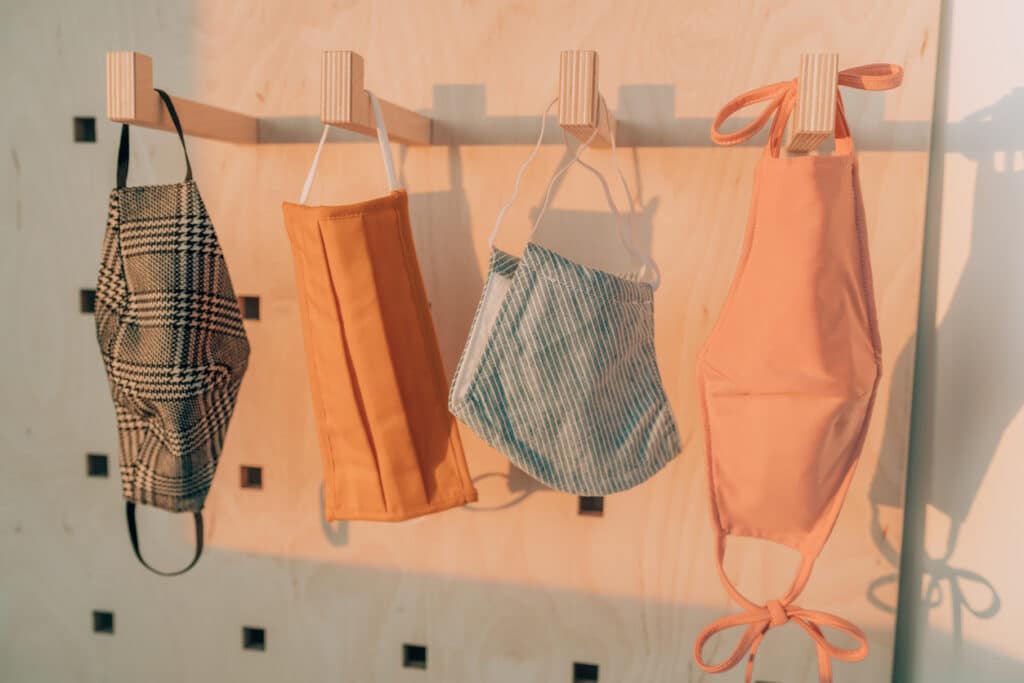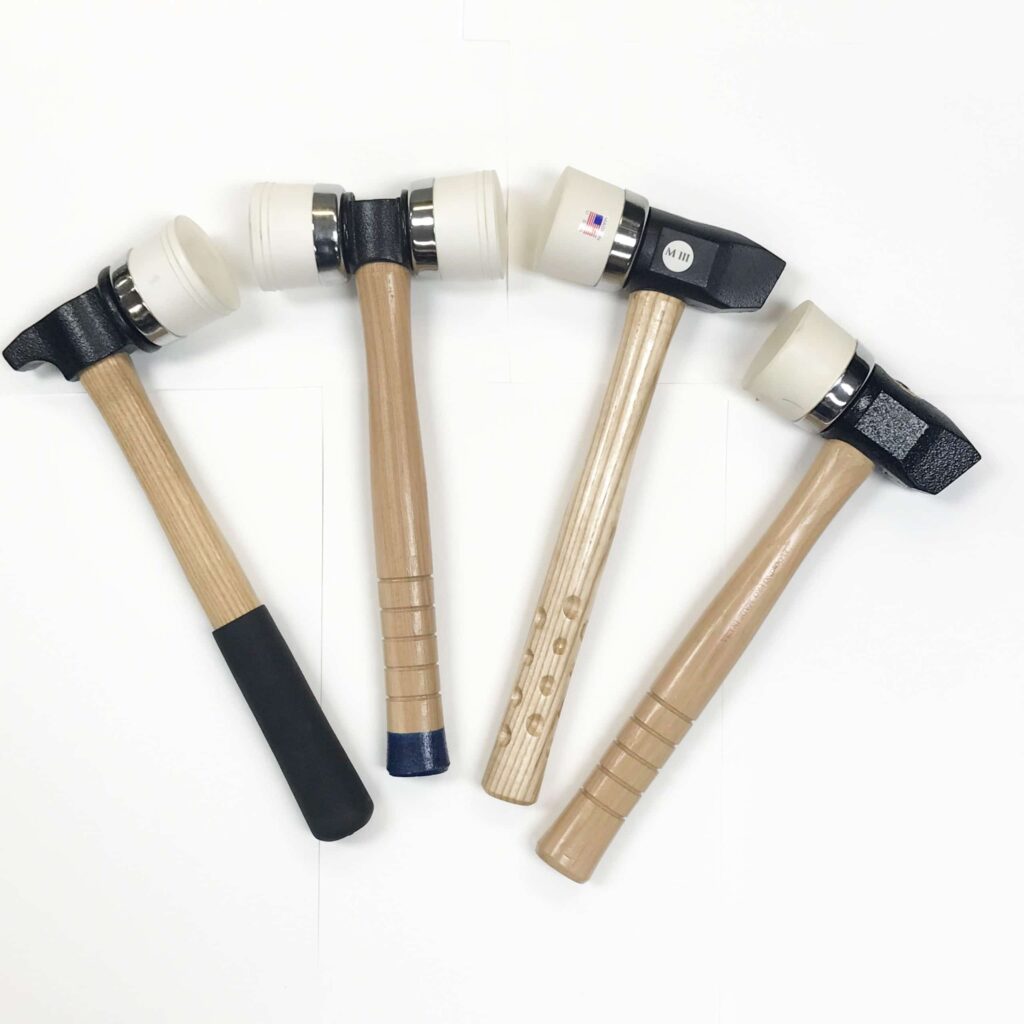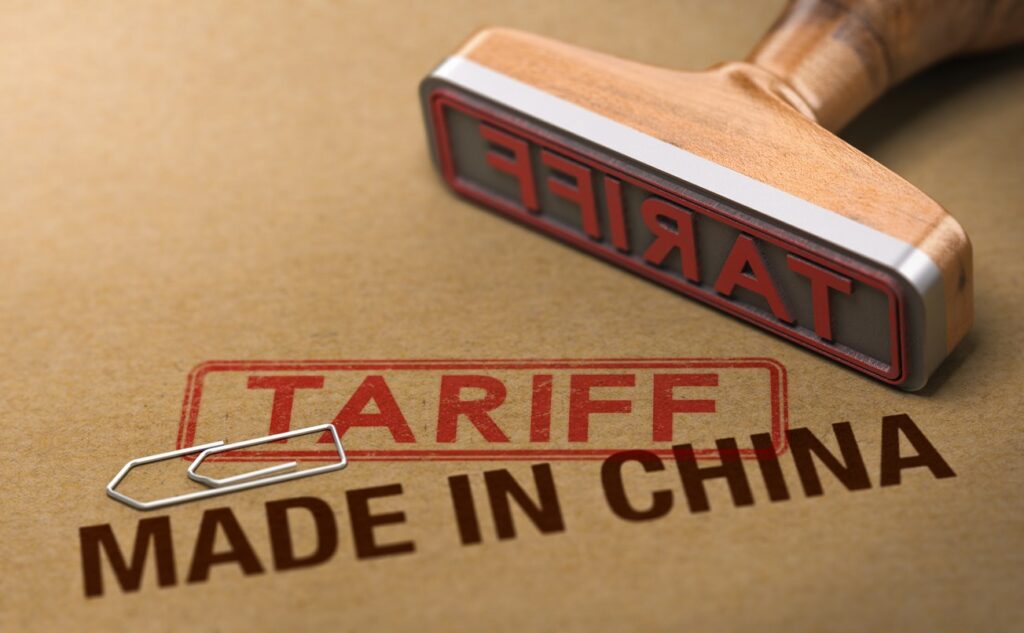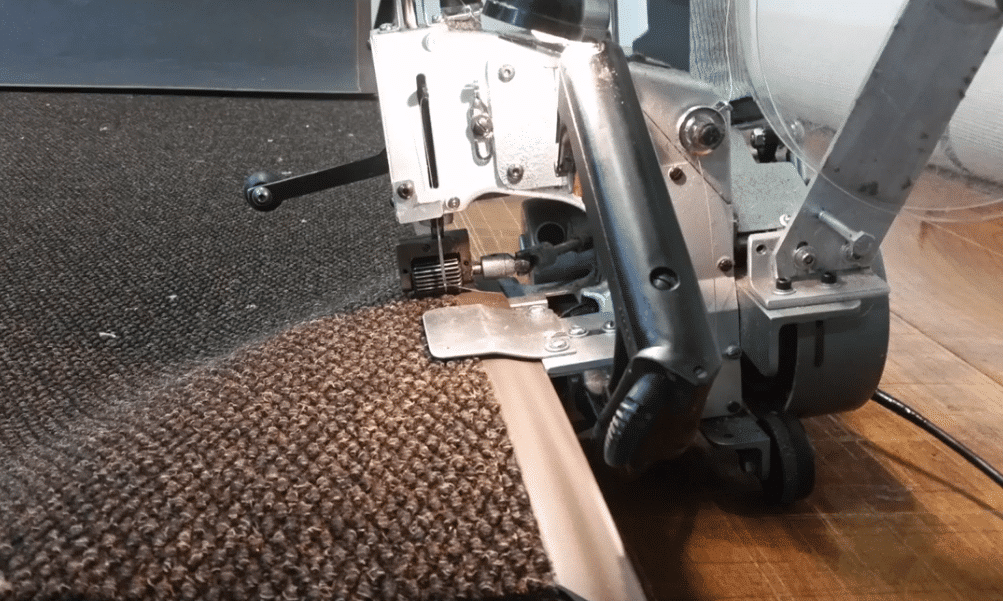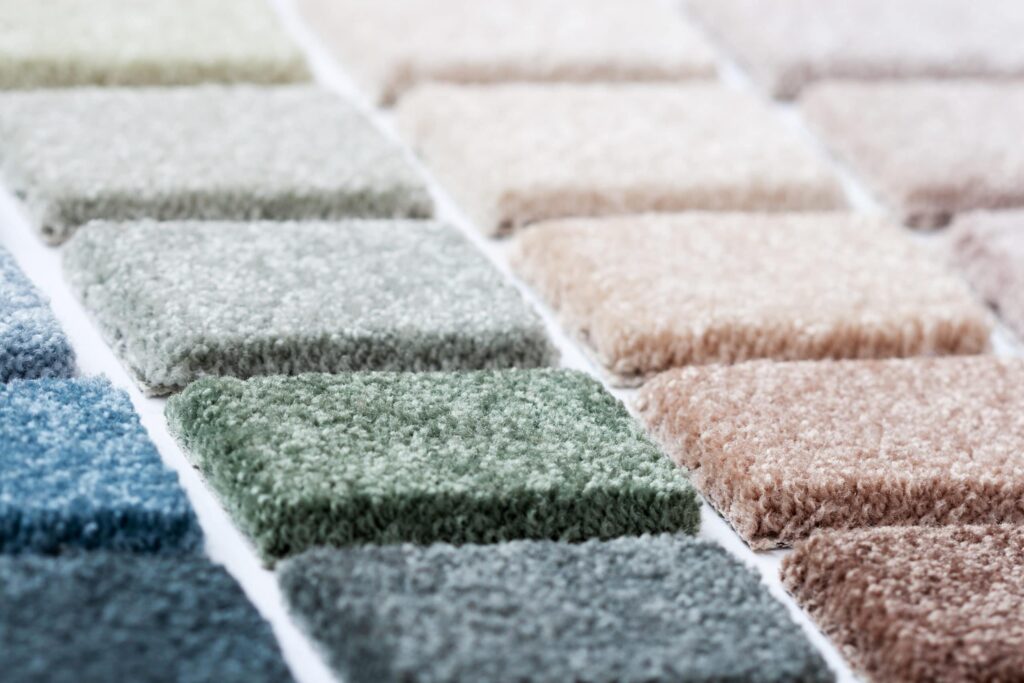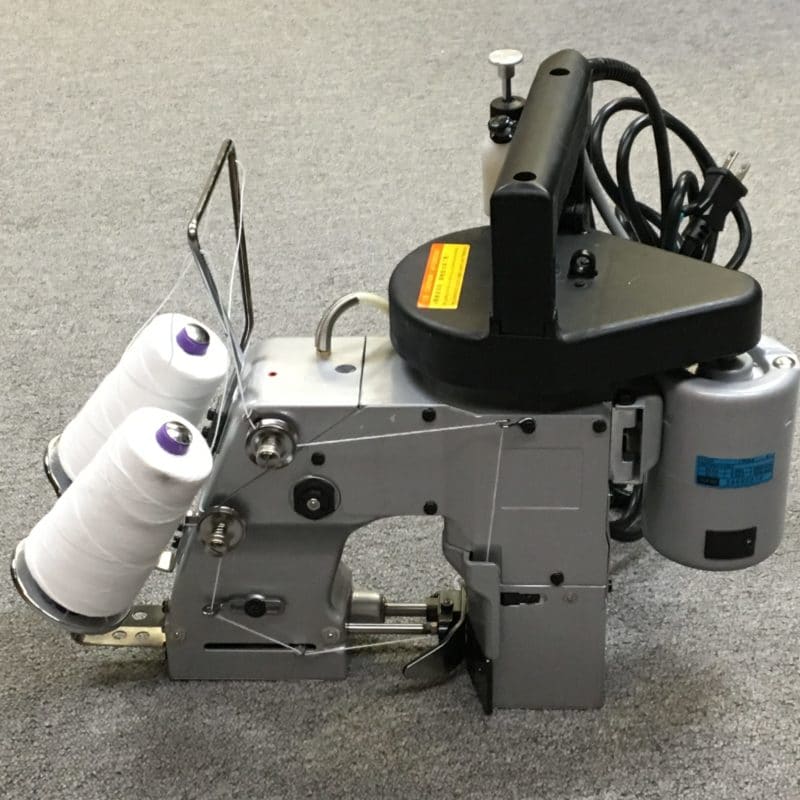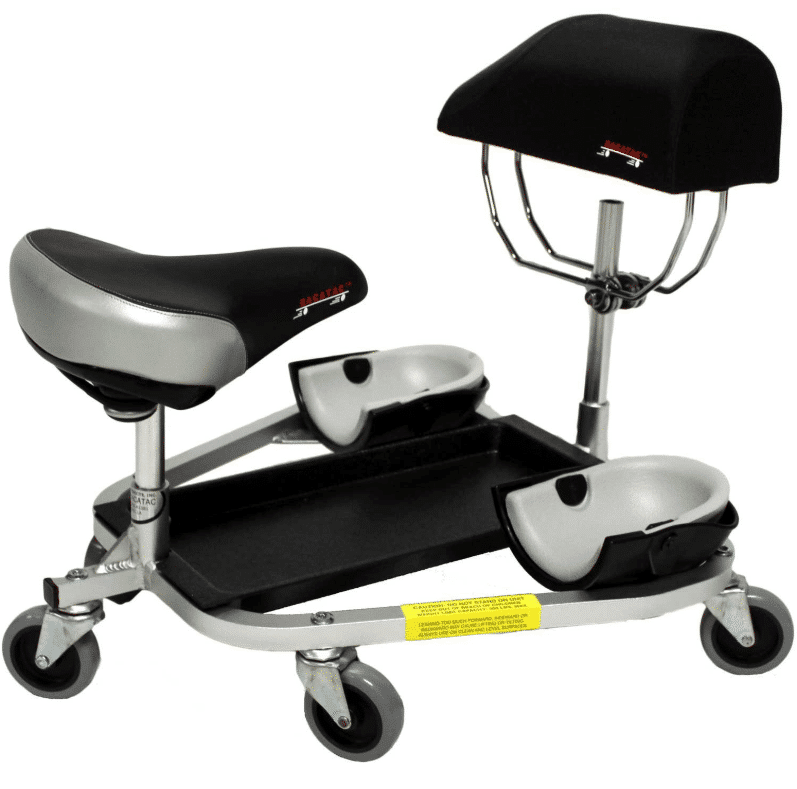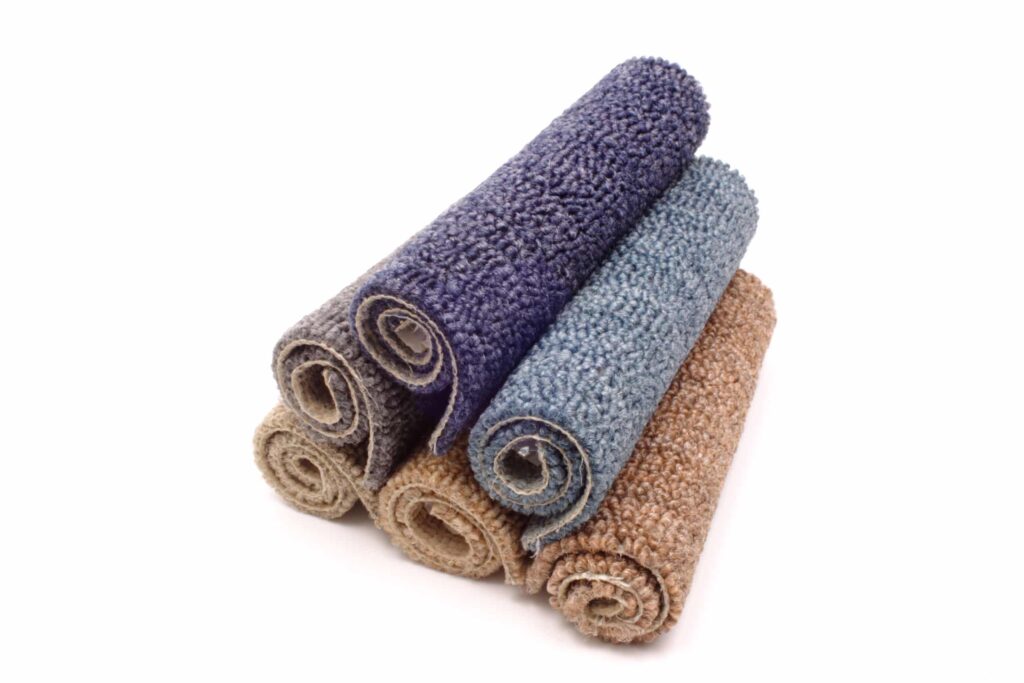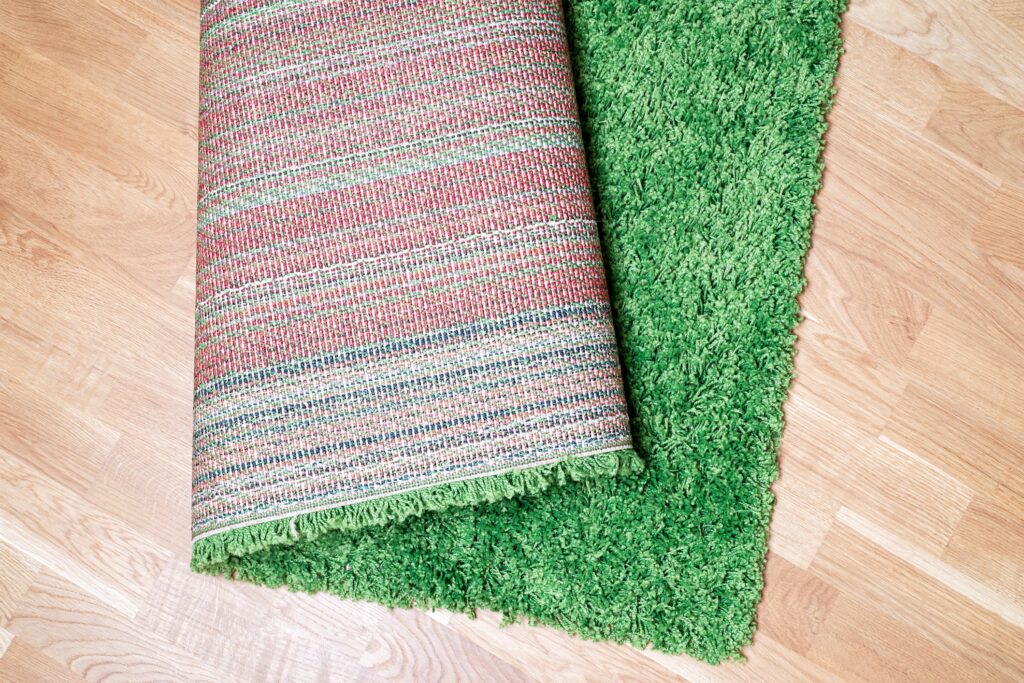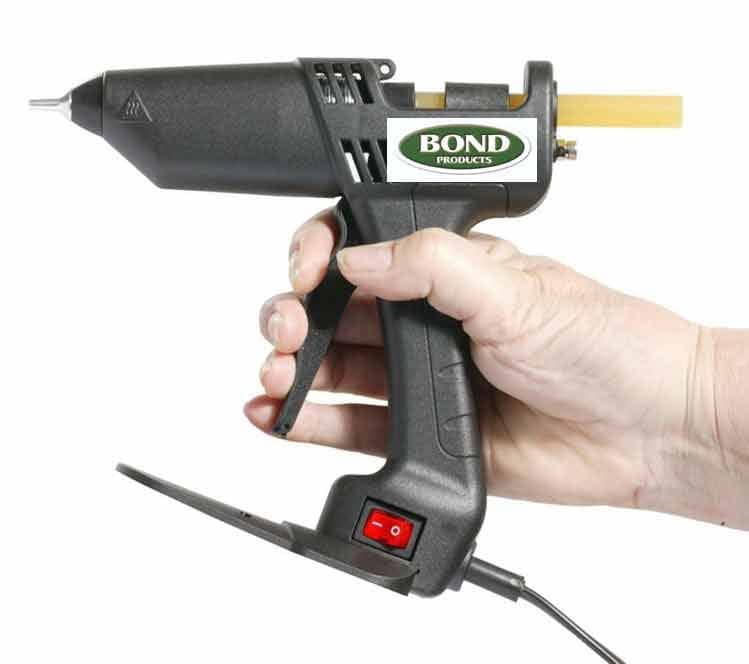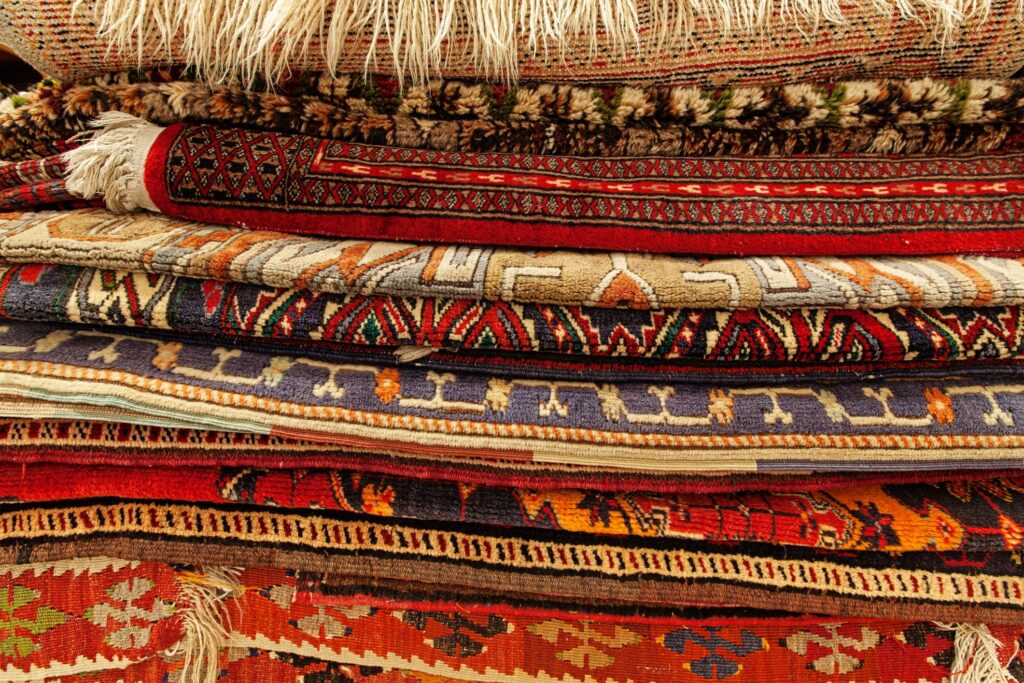Roofing Fasteners: Bond Has What You Need!
Roofing fasteners are a necessary component of any roofing job whether you’re installing a new roof on a home, a business, a commercial building, a pole barn, or a garage. The roofing screws you choose will make a difference in the overall strength and integrity of the roof. Bond Products has the roofing fasteners you need to get the job done right.
Why Are Roofing Fasteners Important?
Using the right roofing screw will not only secure the roofing material to the building, it will have an impact on the building’s energy efficiency and the longevity of the structure. Choosing a good quality roofing fastener can also impact your homeowner’s insurance!
We have roofing fasteners in a number of different styles and powder-coated paint colors to match a variety of roof panel colors, creating a clean and attractive appearance on any structure.
3” x 10 GA ¼” Hex Head Screws
These screws are self-drilling screws. They are designed to attach metal to wood on a house, porch, pole barn, shed, barn, or other utility building and are ideal for attaching roofing panels and siding on post-frame & residential metal roof applications. They utilize 16mm EPDM virgin rubber vulcanized to a steel washer. This forms an excellent seal even when the screw is driven at an angle.
The metal section of these screws are coated with an additional topcoat that exceeds 1,000 hours of salt-spray performance and the powder-coated head of the screw has a topcoat that reduces chalking or fading. They are available in the following colors:
1” x 10 GA ¼” Hex Head Screws
These self-drilling screws attach metal to wood and can be used for a variety of building projects, including roofing HVAC, steel stud framing, gutters, and register vents. They are ideal for attaching roofing panels and siding on post frame and residential metal roof applications. They use 12mm EPDM virgin rubber vulcanized to a steel washer forming an excellent seal even when the screw is positioned in the roof at an angle.
Like the roofing screws above, these 1” screws are premium mechanical coated with a topcoat that will exceed 1,000 hours of salt-spray performance and their heads are powder coated so they will resist chalking or fading. They are available in white and tan.
1” #9 Hex Head Self-tapping Roofing Screws
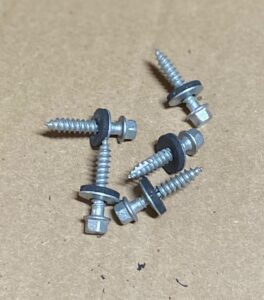 This is a self-drilling screw as well, designed to attach metal to wood. They are C1022 steel hardened with a thread cutting end designed for penetrating wood. They are mechanical zinc/tin coated for 1,000 hours of salt-spray performance. Insert these screws with 12.7 mm EPDM steel-bonded washers which come bulk packed with the screws. Used together, they will form a great seal even when they are driven in at an angle.
This is a self-drilling screw as well, designed to attach metal to wood. They are C1022 steel hardened with a thread cutting end designed for penetrating wood. They are mechanical zinc/tin coated for 1,000 hours of salt-spray performance. Insert these screws with 12.7 mm EPDM steel-bonded washers which come bulk packed with the screws. Used together, they will form a great seal even when they are driven in at an angle.
These roofing fasteners are commonly used on houses, porches, sheds, pole barns, and other buildings. They are ideal for attaching roofing panels and siding on post frame and residential metal roof applications and can be used for HVAC, steel stud framing, gutters, and register vents too.
Roofing screw selection is important for ensuring that a roof will be strong and will stay strong over time. If you are not sure which type of roofing fasteners would best meet your needs, please call us at 1-888-800-BOND. We would be happy to talk over the specs of each screw type and advise you.
Roofing Fasteners: Bond Has What You Need! Read More »
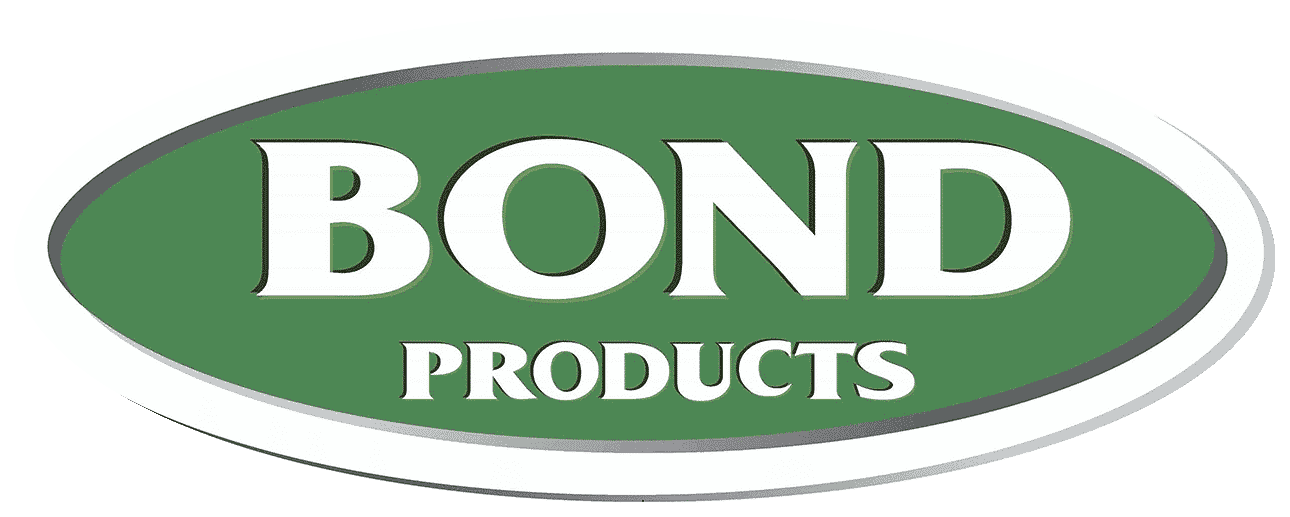
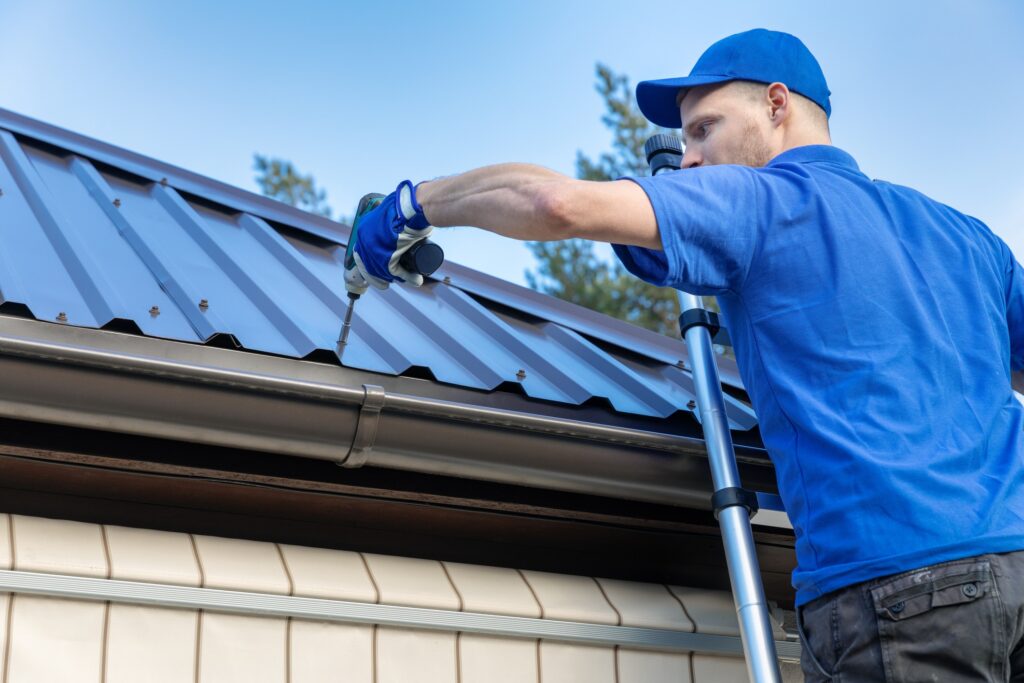
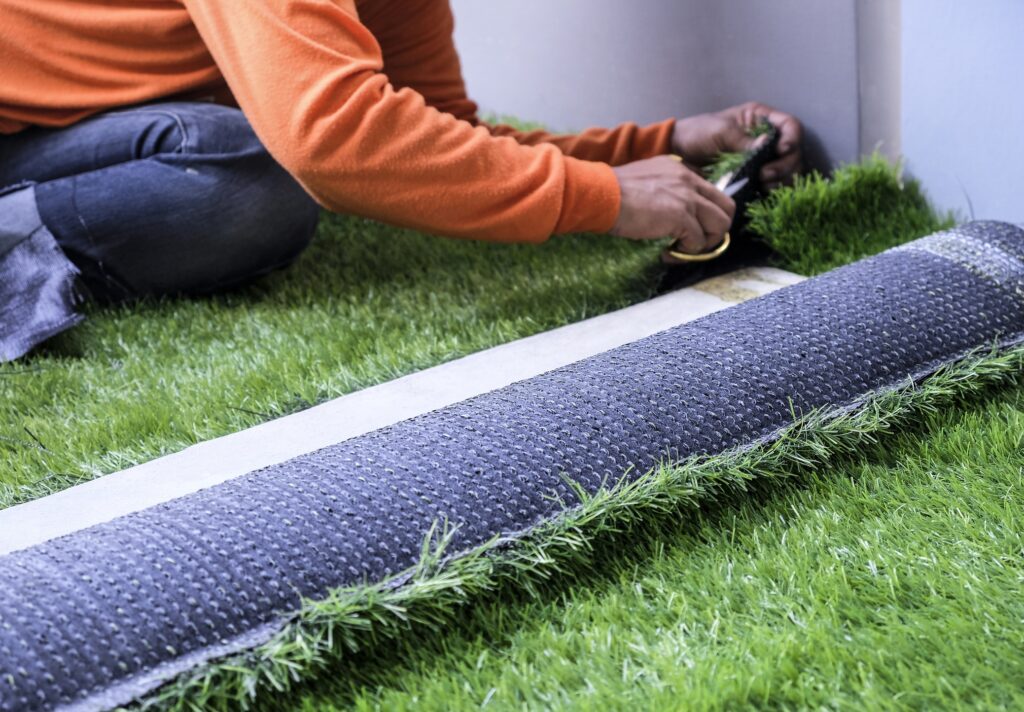
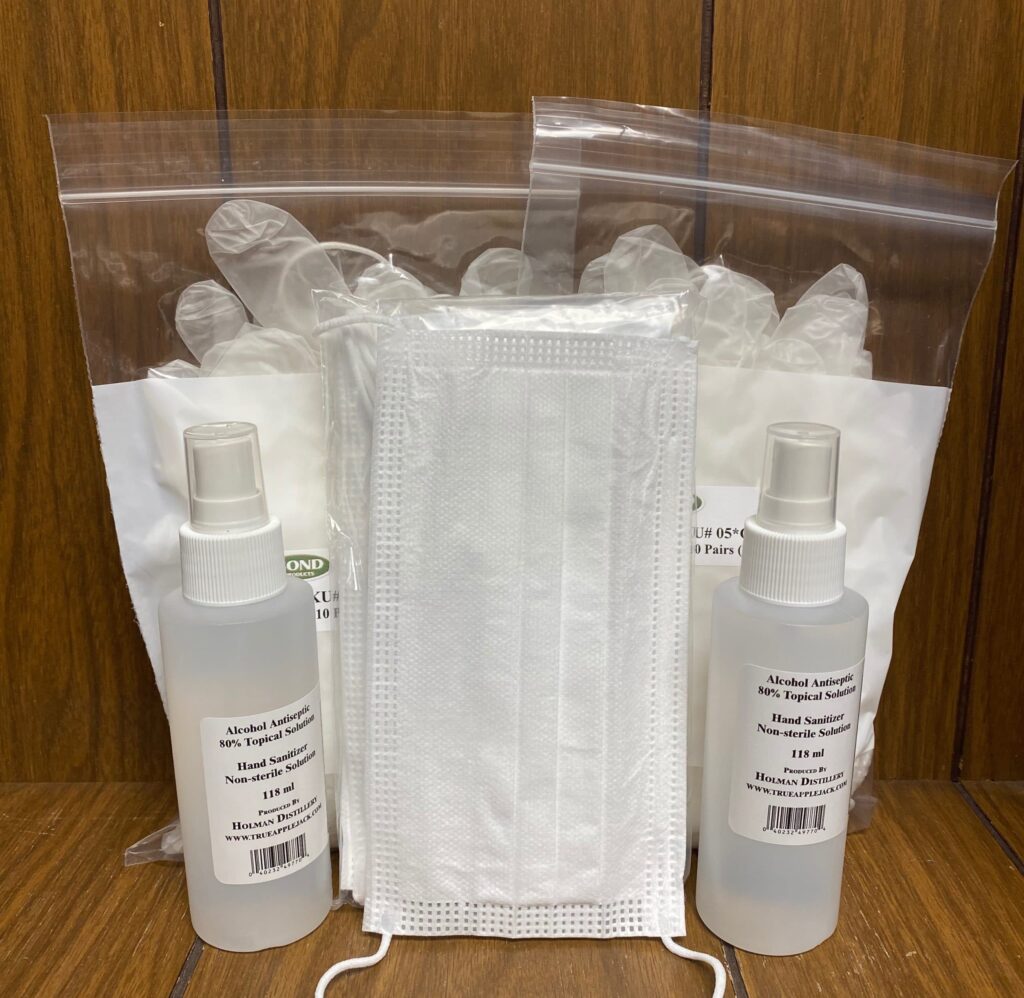
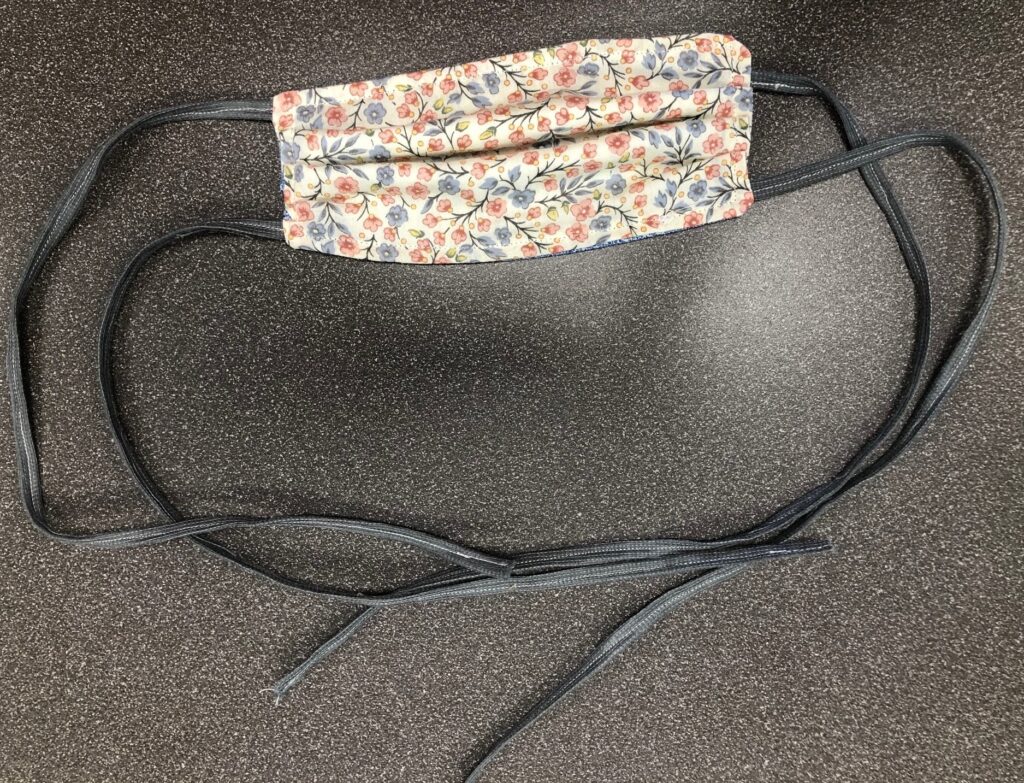
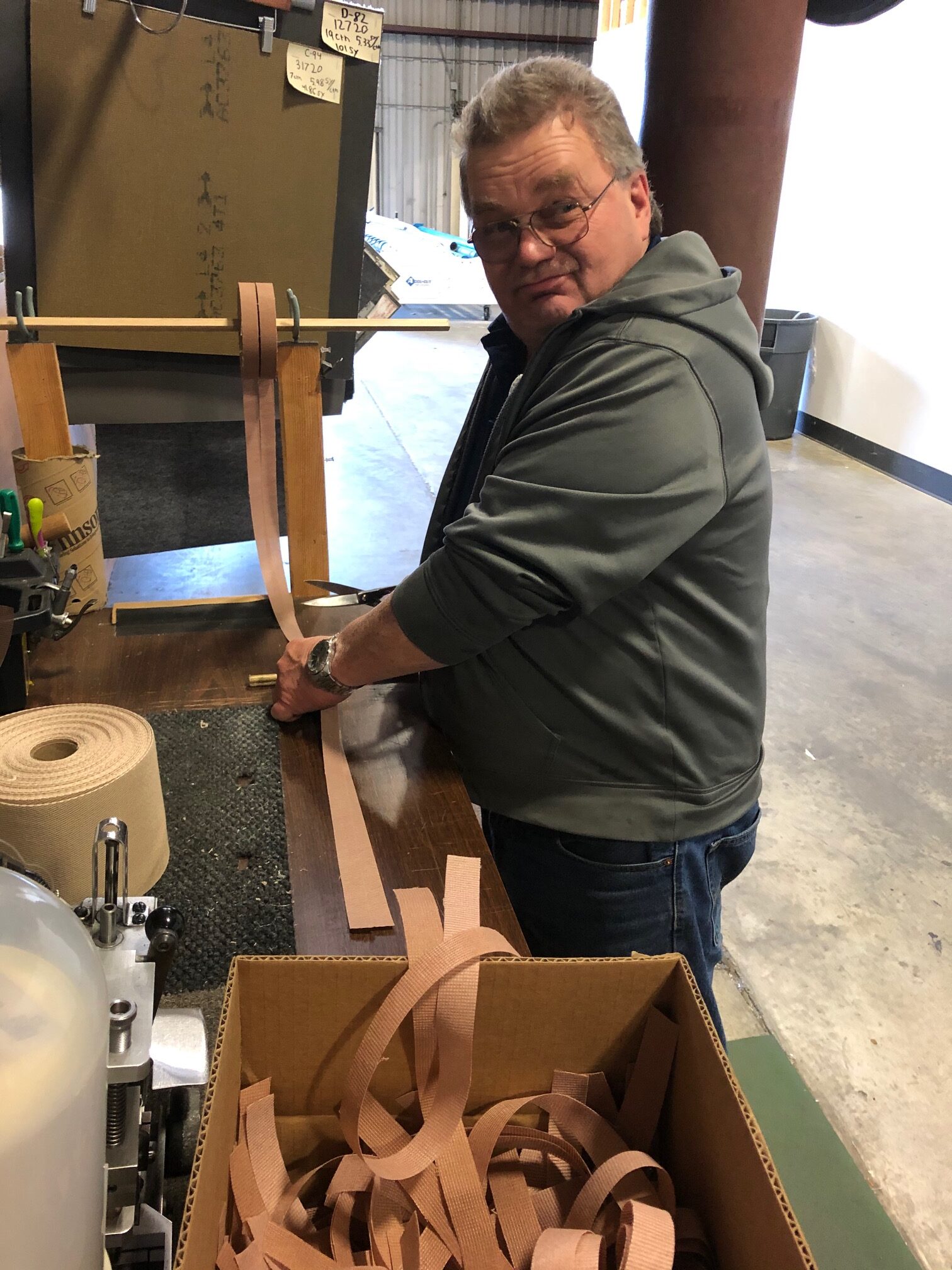 When we look back at the COVID-19 epidemic, there will be a lot of difficult and frustrating things to remember, but one of the good things will be how people pulled together for each other and soldiered on. Frontline workers and those in essential industries kept working. Many people at home stayed busy making a difference by sewing face masks. They sewed all day and sometimes into the night, and they made do when they ran low on things like elastic. They created new patterns and taught others how to sew too. We’ve seen a lot of customers purchasing our
When we look back at the COVID-19 epidemic, there will be a lot of difficult and frustrating things to remember, but one of the good things will be how people pulled together for each other and soldiered on. Frontline workers and those in essential industries kept working. Many people at home stayed busy making a difference by sewing face masks. They sewed all day and sometimes into the night, and they made do when they ran low on things like elastic. They created new patterns and taught others how to sew too. We’ve seen a lot of customers purchasing our  That’s it!
That’s it! 